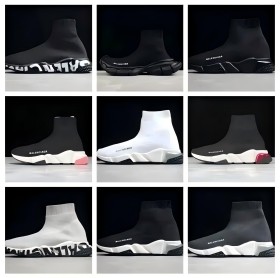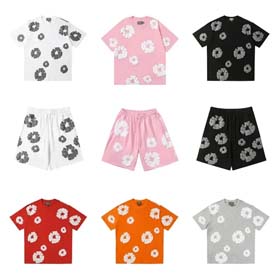Optimizing Market Promotion for Reverse Purchasing Platforms Using Data-Driven Spreadsheets
Introduction
Reverse purchasing platforms have gained significant traction in global e-commerce, where agents facilitate cross-border shopping for international customers. To maximize marketing effectiveness, leveraging structured data in spreadsheets helps analyze promotional performance across major platforms like Superbuy, Pandabuy, and Wegobuy. This article explores how to create targeted campaigns through spreadsheets by analyzing historical data on user behavior, channel ROI, and budget allocation.
1. Target User Identification
Key Data Columns for Spreadsheet Analysis:
- Demographics:
- Purchase Frequency:=IF(A2>"5x/month","VIP","Casual"))
- Platform Preferences:
Case Example:
2. Channel Selection Strategy
| Platform | Avg. CPC ($) | Conversion Rate | Prioritization Score* |
|---|---|---|---|
| Pandabuy Forums | 0.15 | 11.2% | 9.3 |
| Facebook Groups | 0.22 | 8.1% | 7.6 |
| Douyin Videos | 0.18 | 14.7% | 9.8 |
*Score calculated via spreadsheet formula weighing engagement and cost-effectiveness.
3. Dynamic Budget Allocation
Spreadsheet Automation Tools:
- Goal Seek:
- Conditional Formatting:
- Time-Weighted Distributions:=SUMPRODUCT((Seasonality_Index), (Base_Budget))
- Conditional Formatting:
Pro Tip: Link Google Sheets to platform APIs for real-time spend tracking.
4. Performance Measurement
Key Metric Dashboard:
- New user acquisition cost (vlookup from.csv exports)
- Template sharing rate of shopping spreadsheets
- Repeat usage frequency (measured by Google Analytics UTM tags)
Conclusion
By structuring platform comparison data, user segmentation matrices, and budget optimization formulas in spreadsheets, marketers can systematically improve reverse purchasing platform promotion. Future enhancements could integrate machine learning predictions into Excel via Python scripts for predictive budget modeling.
Actionable Takeaway:Download our free template



















